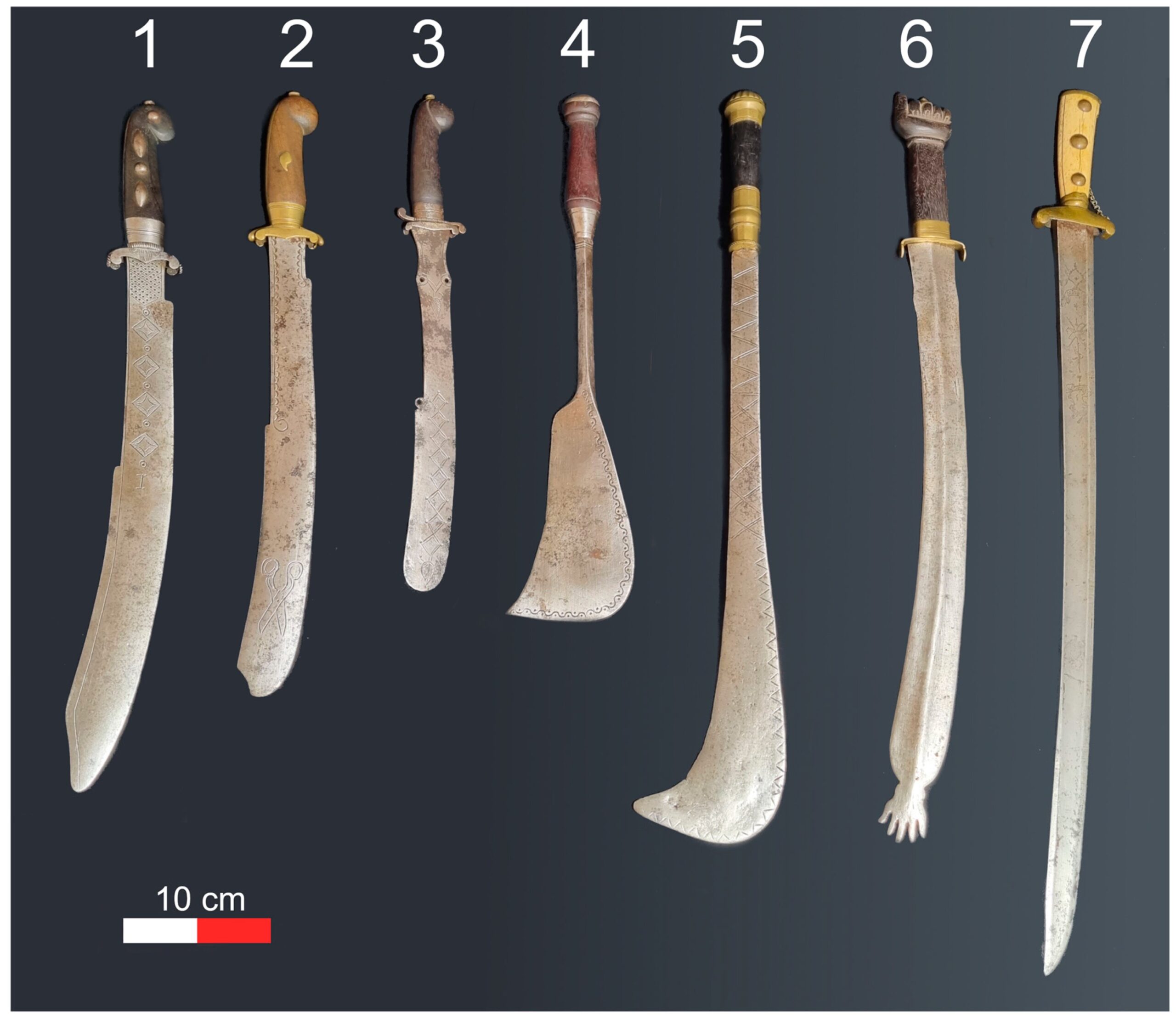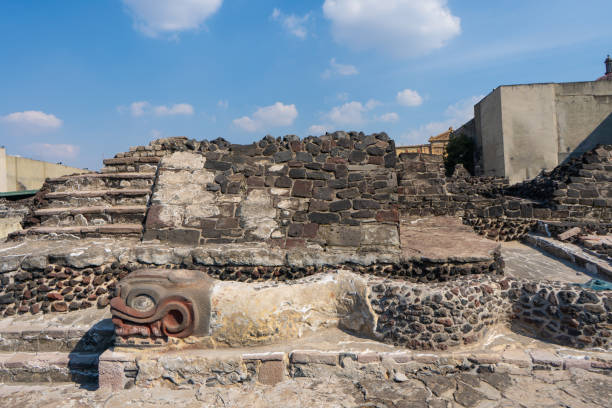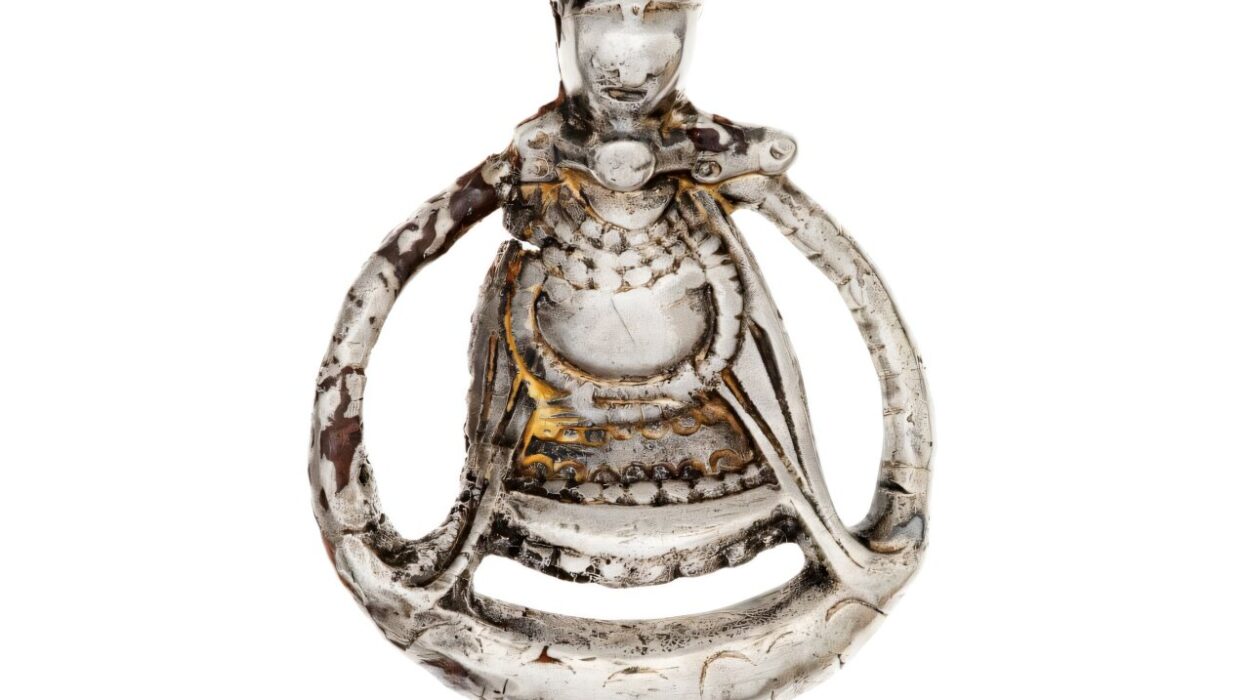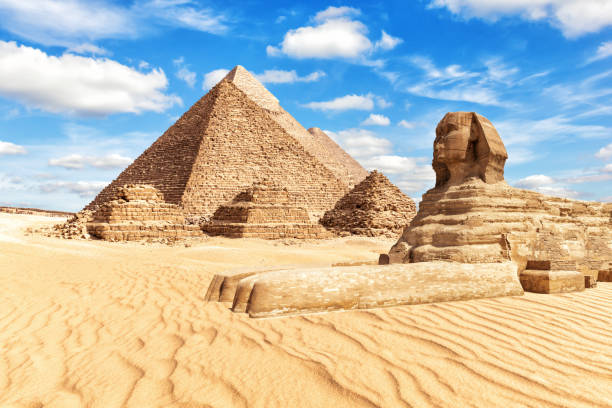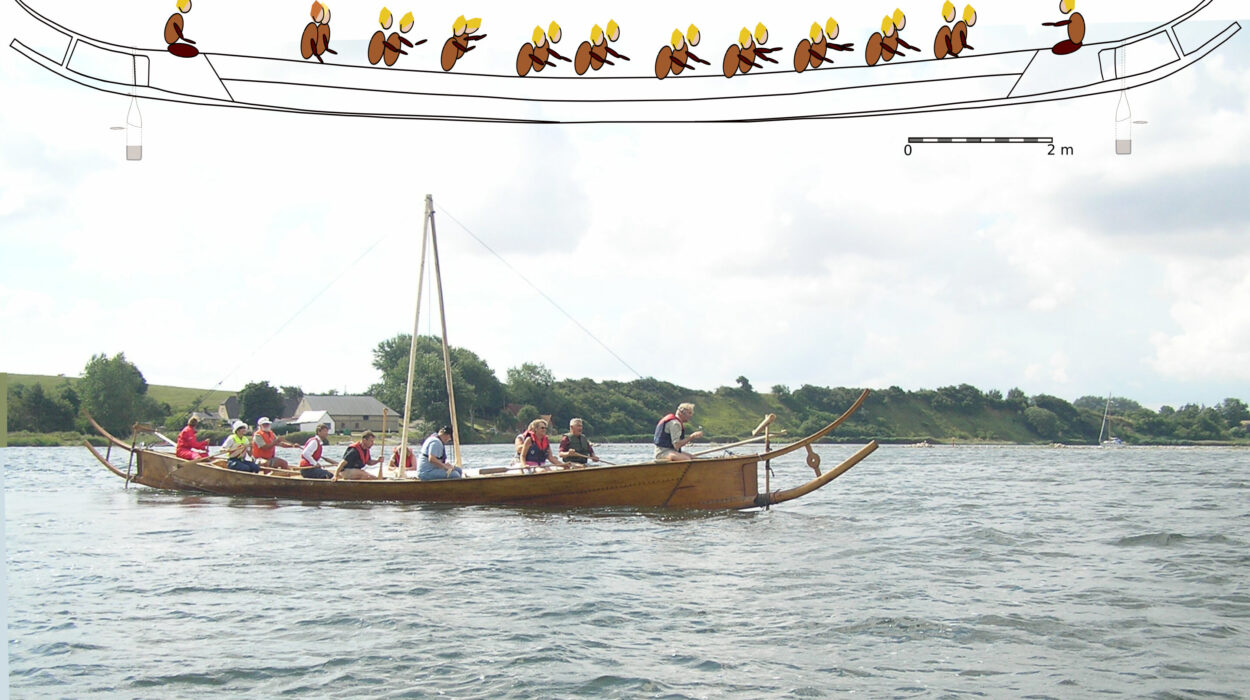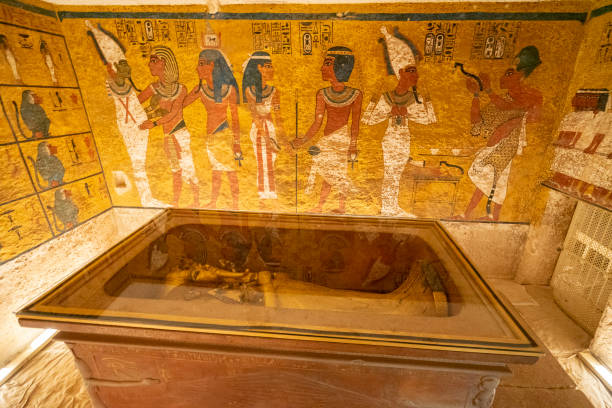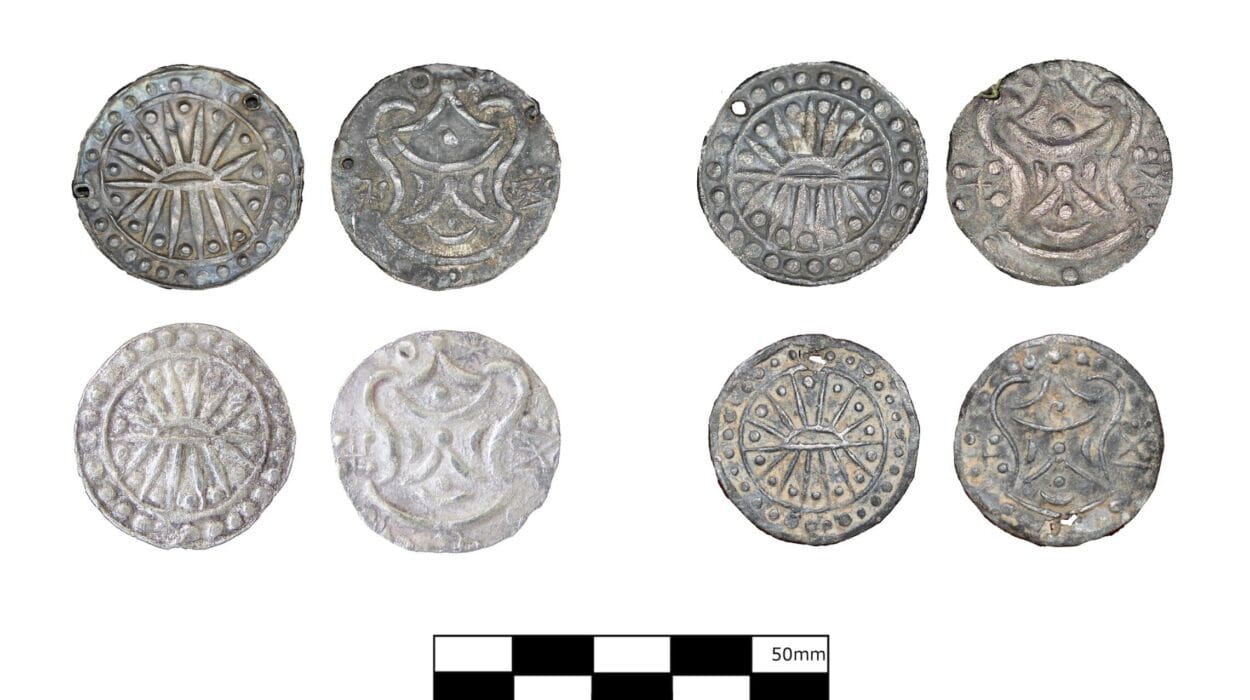In the ancient landscapes of northwest Africa, where desert dunes kiss the shores of the Mediterranean, lies a forgotten chapter of human history now being rewritten by science. At the heart of this revelation stands a collaborative effort between ANSTO scientists from the Australian Centre for Neutron Scattering and archaeologists led by the University of Sydney. Their work, focused on a set of 19th-century West African swords and deeper prehistoric fieldwork at the site of Oued Beht in Morocco, has illuminated a startling truth: the Maghreb was not a peripheral backwater of early civilization—it was a dynamic core.
The Silent Forge: Iron Swords and the Echoes of Craftsmanship
Using a suite of non-invasive, cutting-edge technologies, scientists examined six 19th-century West African swords to uncover their composition and the techniques used in their creation. The weapons, long admired for their craftsmanship, turned out to be more than just martial tools—they were silent messengers of a complex material culture rooted in ironworking knowledge and regional trade networks.
These analyses helped establish a bridge to the past, demonstrating how indigenous metallurgical practices were sophisticated and bore the imprint of long-standing traditions. While the focus of the sword study was relatively modern, it served as a springboard for deeper questions: What other legacies lay buried in this region, hidden by time and academic neglect?
A Gateway of Continents: Why the Maghreb Matters
Geographically, the Maghreb—spanning from present-day Morocco to Tunisia—occupies a strategic junction. It is where the vast Sahara melts into the green Mediterranean, and where the African continent almost touches Europe across the Strait of Gibraltar. This region’s position as a natural crossroads endowed it with immense potential for cultural, economic, and technological exchange in the ancient world.
Yet, for over a century, this potential was largely ignored in Mediterranean archaeology. Research focused predominantly on the classical worlds of Greece, Rome, and Egypt. The story of the Maghreb, especially during the transformative period between 4000 and 1000 BC, remained shrouded in academic shadows.
Reawakening Oued Beht: Excavating a Lost Agricultural Giant
In a bold effort to address this gaping void, archaeologists Youssef Bokbot, Cyprian Broodbank, and Giulio Lucarini launched a multidisciplinary archaeological campaign at Oued Beht in Morocco. What they unearthed stunned the field.
Beneath layers of sediment and time emerged the remains of the largest known agricultural complex from the Final Neolithic period in Africa outside of the Nile Valley. The site boasted expansive evidence of domesticated plants and animals, elaborately crafted pottery, and lithic tools—indicating not just subsistence, but thriving human innovation and community life.
The presence of deep storage pits suggested that this was not a transient village, but a stable, large-scale farming settlement—comparable in size to the early city of Troy. Such complexity points to social organization, food surplus management, and possibly trade, governance, and ritual life, all hallmarks of civilization in bloom.
Africa’s Hand Across the Water: Connecting Iberia and the Maghreb
Oued Beht didn’t evolve in isolation. Its architectural and agricultural parallels with contemporaneous sites across the Strait of Gibraltar—particularly in Iberia—paint a vivid picture of a vibrant intercontinental exchange. The discovery of ivory and ostrich egg artifacts in southern Spain had long hinted at African influences. Now, the archaeological context from Oued Beht confirms those hints as historical truths.
The implications are profound. The Maghreb was not merely reacting to Mediterranean trends; it was actively shaping them. This region was not a recipient of ideas from the north, but a vital contributor to the shared cultural tapestry of the western Mediterranean.
Redefining Mediterranean Prehistory: The African Catalyst
The study, published in Antiquity, urges a reevaluation of the traditional Eurocentric narrative that has long dominated the field. It affirms that the apparent “silence” of the Maghreb in Mediterranean prehistory was not due to an absence of activity, but rather a lack of serious investigation. Oued Beht demonstrates that this region played a central role in shaping not just African, but Mediterranean civilization.
Professor Cyprian Broodbank, one of the lead authors, put it succinctly: “For over thirty years I have been convinced that Mediterranean archaeology has been missing something fundamental in later prehistoric North Africa. Now, at last, we know that was right.”
A Shared Heritage, A Distinct Voice
The discoveries at Oued Beht challenge us to imagine the prehistoric Mediterranean not as a stage dominated by a few northern actors, but as a complex web of interactions that includes robust African voices. The site stands as a testament to a distinctively African-based community—independent, innovative, and deeply connected with its neighbors across the water.
What is particularly compelling is that this community contributed substantially to the shaping of the social world during the late fourth and third millennia BC. In doing so, it forces historians and archaeologists alike to reconsider long-held assumptions about the sources and centers of cultural dynamism in antiquity.
The Future of Archaeology Lies in Its Gaps
The unfolding story of the Maghreb, and of Oued Beht in particular, is a reminder that history is never truly complete. It evolves with each spade of soil turned and each forgotten artifact given context. As scientific methods grow ever more refined, and as collaborative, cross-continental approaches gain traction, we may find many more such sites waiting patiently to speak.
The swords analyzed by ANSTO scientists were once wielded in silence. Now, they echo through time, not with the sound of battle, but with the resonance of rediscovered heritage. They, and the layers of earth at Oued Beht, tell a new story—one where Africa is not at the margins of ancient history but at its very heart.
Reference: Antiquity (2024). DOI: 10.15184/aqy.2024.101
